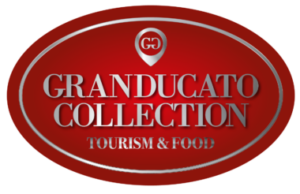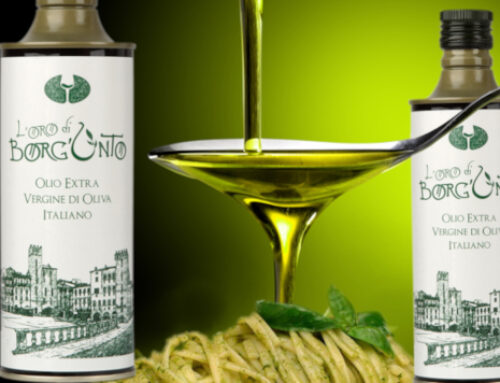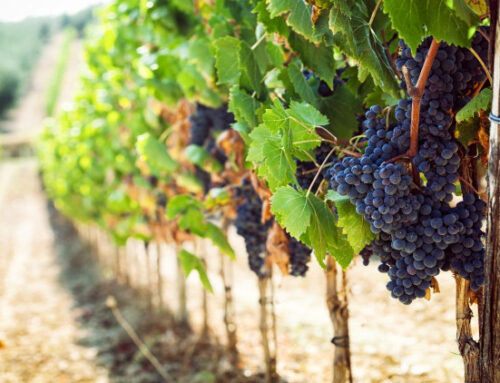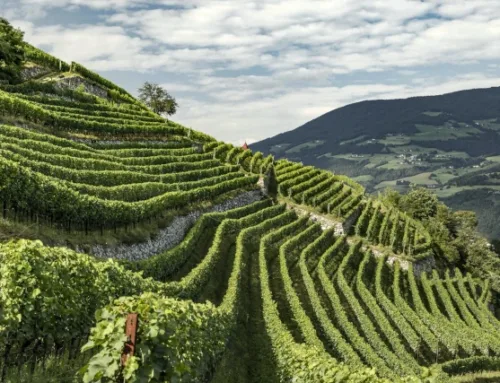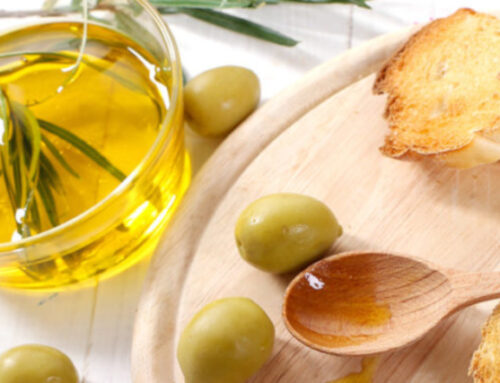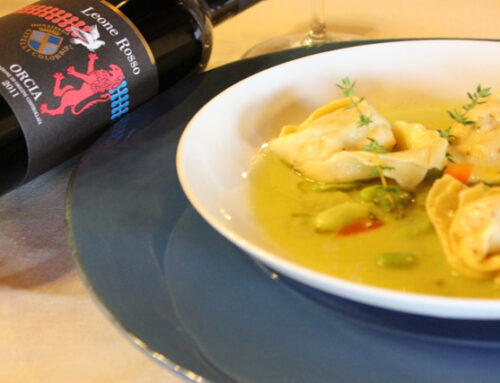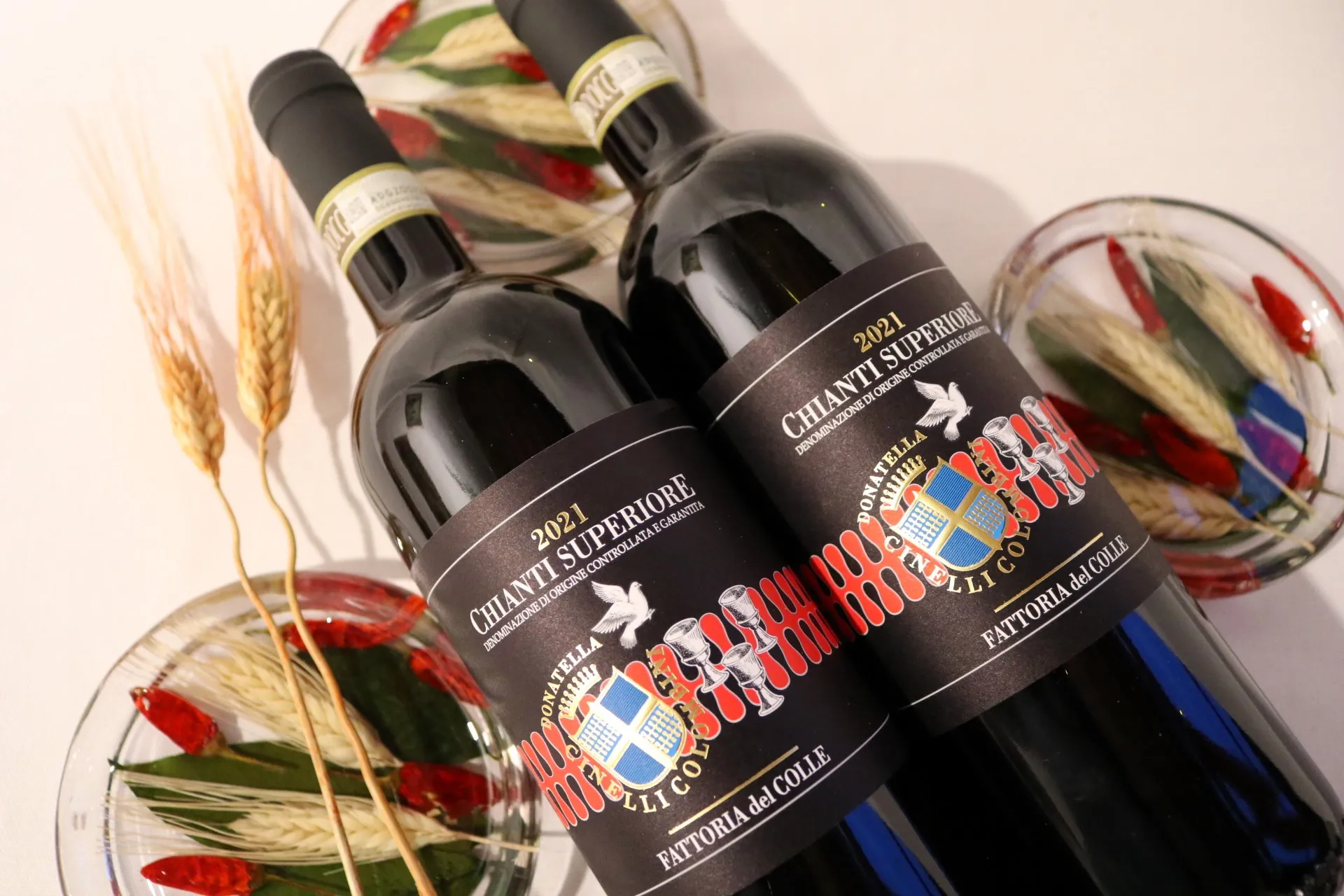
Chianti Reserve
Chianti Reserve
La Storia del Chianti
La Storia
Il Chianti si presenta con un intenso colore rosso rubino, un corpo robusto e un sapore inconfondibile al palato.
Il Chianti rappresenta la base della tavola Toscana. Incarna l'amore per la tradizione e i bei momenti da condividere. Amici e familiari brindano alla vita con questo vino pregiato.
Le origini del nome hanno diverse teorie. Potrebbe derivare dal latino "clangor" (rumore), riferendosi alle battute di caccia. Un'altra teoria collega il nome all'etrusco "clante", indicante famiglie locali o fonti d'acqua.
Nel XIII secolo troviamo documentazione più precisa. La "Lega del Chianti" fiorentina nacque per regolamentare i territori di Radda, Gaiole e Castellina. Queste zone producevano vini ricchi a base di Sangiovese.
Durante il medioevo, la cultura del Chianti fioriva nei territori fiorentini. Un documento notarile del 1398 già utilizzava il nome "Chianti" per identificare il vino locale. Circa 300 anni dopo, le esportazioni verso l'Inghilterra divennero regolari.
Il vino toscano conquistava l'Europa rapidamente.
Nel 1716, il Granduca Cosimo III de' Medici pubblicò il "Bando Sopra la Dichiarazione dé Confini delle quattro Regioni Chianti, Pomino, Carmignano, e Val d'Arno di Sopra". Questo documento definiva ufficialmente i confini delle zone di produzione. Istituì anche organi di controllo per prevenire frodi.
Il governo italiano ampliò le zone di produzione nel 1932. Il Chianti venne diviso in sette territori:
- Classico (l'area originaria)
- Colli Aretini
- Colli Fiorentini
- Colline Pisane
- Colli Senesi
- Montalbano
- Rùfina
Negli anni '90, si aggiunse anche Montespertoli in Provincia di Firenze.
Nel 1924, 33 produttori fondarono il Consorzio per la difesa del vino Chianti. Otto anni dopo, nel 1932, il "Chianti Classico" diventava il marchio ufficiale dei vigneti storici.
Nel 1700, il Sangiovese era l'unica uva utilizzata nella produzione. Il barone Bettino Ricasoli rivoluzionò la composizione nel 1840 con la sua formula: 70% Sangiovese, 15% Canaiolo e 15% Malvasia.
Oggi, il disciplinare richiede almeno il 70% di Sangiovese. Cabernet Sauvignon e Cabernet Franc insieme non possono superare il 15%. Le uve a bacca bianca, principalmente Malvasia bianca lunga, sono limitate al 10%.
La qualifica "riserva" viene assegnata dopo due anni di invecchiamento.
